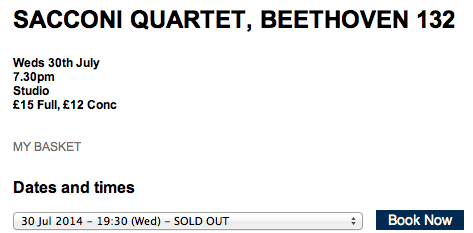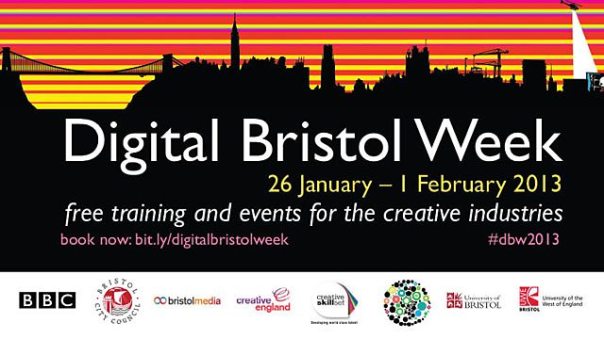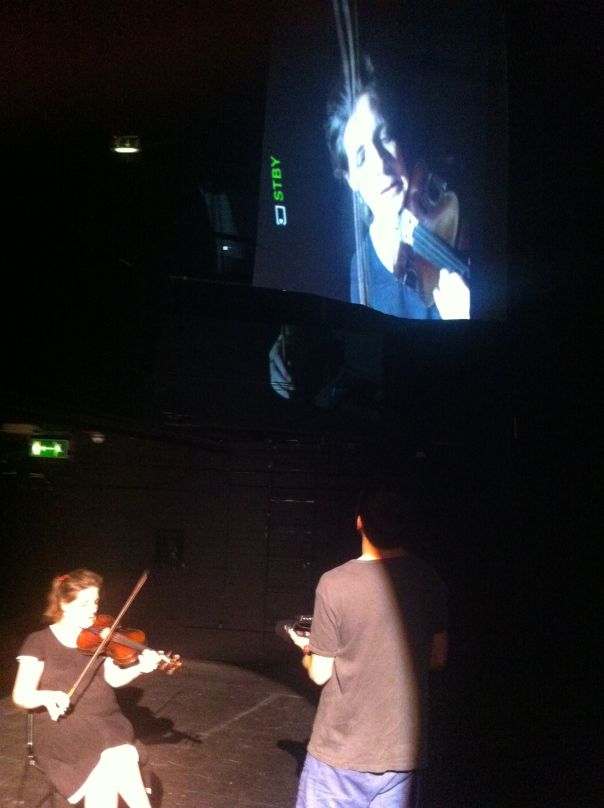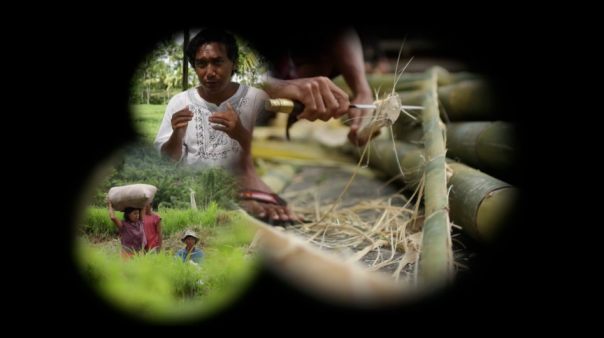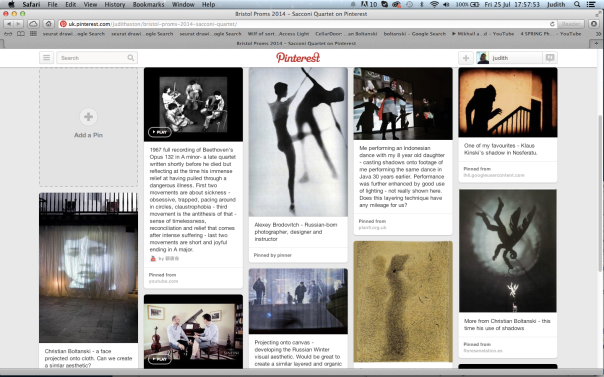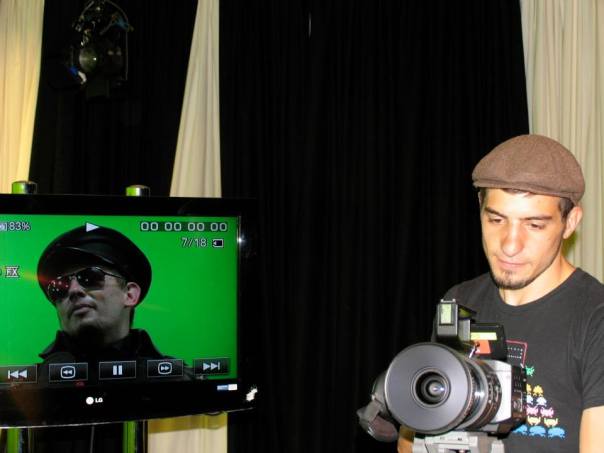I have been working with the Oxford Anthropologist, Professor Wendy James on her long term ethnographic archive from the southern part of the Sudan for a number of years. Our collaboration began as part of my PhD studies in interactive documentary and has grown from there into an ambitious plan to narrate the archive. Our first outcome was a website to support her most recent book about her fieldwork, which was published in 2007, and there is a peer reviewed paper available on-line about our subsequent work.

I have presented our wider ideas about database narrative and the cultural transmission of memory at a number of international conferences and have also written several further articles about our work. Some of these are as a single author, some are written with Wendy, and others with Paul Matthews who has been working with us on the computing side of things. For more information about this work, with the full text of my thesis and links to my publications, please go to my AcademiaEdu pages.
This project is currently on hold, due to the political situation in the region and my own wider business. Wendy is, however, still active as a Sudan specialist and I am building skills which will be applicable to this work as and when the time is right.

